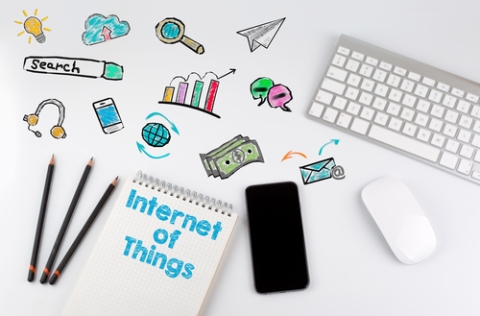Trends & Stats Signaling That Internet of Things Is Here to Stay

From wearable tech to connected home devices to augmented reality, the Internet of Things (IoT) has set fire to the imagination of key players in the consumer technology industry.
Like any other nascent technology, IoT comes with its own unique set of implementation challenges. However, mostly because of the tremendous potential it holds, the initial setbacks did not deter the enthusiastic early adopters in the first half of this decade. In 2016, IoT made it from a fringe concept to something that is alive and buzzing in the mainstream consumer consciousness. As per a report/infographic published by Intel, by 2020, there will be around 26 smart objects for every human being on earth!
All around us, there are many clear signs indicating that not only is IoT here to stay but that it will also bring a huge transformation to how we interact with the world around us.
- The wearables market is set to explode, with shipments projected to grow from 77M units in 2015 to 214M units in 2019. It is also predicting that the revenue in the category will grow from $13.9B to $54.2B during the same period. [Source: IDG]
- The data created by IoE devices will be 269 times higher than the amount of data being transmitted to data centers from end-user devices and 49 times higher than total data center traffic by 2019. [Source: CISCO]
- Low-power IoT networks more than doubled in 2016, led by an increase in action around the fledgling NB-IoT standard and growth into new markets. [Source: Analysys Mason via mobileworldwide.com]
- Google recently launched the first developer preview of Android Things, its new IoT platform, as it looks to take a more consolidated approach to IoT than in the past. [Source: techcrunch]
The manufacturers and providers are enthusiastic about IoT because connected devices enable them to collect data to strengthen their services and pass on many benefits to the consumers. Hopefully, 2017 will see a greater emphasis on standardization and security to ensure that IoT technology lives up to its full potential in the long run.


Add new comment